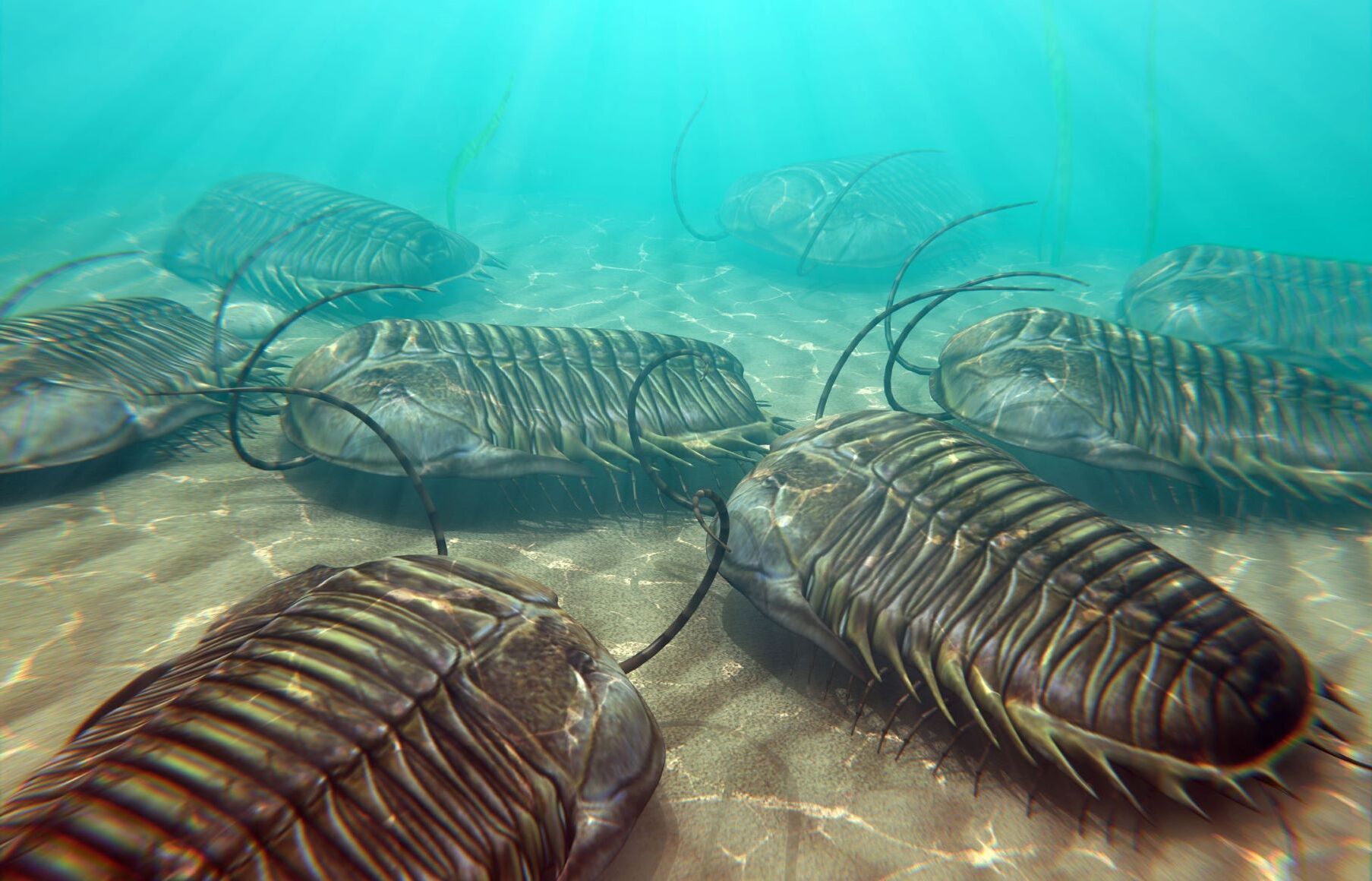
What was life like during the Cambrian Period? Imagine a time when the Earth teemed with bizarre creatures, many of which looked like they came straight out of a sci-fi movie. The Cambrian Period, which occurred around 541 to 485 million years ago, was a time of rapid evolution and diversification of life forms. This era saw the emergence of most major animal groups, including the ancestors of modern-day arthropods, mollusks, and vertebrates. Marine life dominated, with strange creatures like trilobites, anomalocaridids, and early sponges thriving in the oceans. The Cambrian explosion marked a significant point in Earth's history, setting the stage for the complex ecosystems we see today. Dive into these 12 fascinating facts to get a glimpse of life during this incredible period.
The Cambrian Explosion
The Cambrian Period, about 541 to 485 million years ago, is famous for the "Cambrian Explosion." This era saw a rapid increase in the diversity of life forms on Earth.
-
First Complex Animals: The Cambrian Explosion marked the appearance of complex animals with hard parts like shells and exoskeletons. These creatures left behind fossils, giving scientists a clearer picture of early life.
-
Trilobites: One of the most iconic Cambrian creatures, trilobites, were arthropods with segmented bodies and hard exoskeletons. They thrived in the oceans and are often found as fossils today.
-
Burgess Shale: This famous fossil site in Canada contains well-preserved remains of Cambrian organisms. It offers a unique glimpse into the diversity of life during this period.
Marine Life Dominance
During the Cambrian Period, life was primarily aquatic. The oceans teemed with a variety of organisms, many of which were unlike anything seen today.
-
Anomalocaris: This predator, known as "abnormal shrimp," was one of the largest Cambrian animals. It had large, compound eyes and spiny limbs for capturing prey.
-
Opabinia: With five eyes and a long, flexible proboscis, Opabinia was a bizarre creature that lived on the ocean floor. Its unique features make it a subject of fascination for paleontologists.
-
Hallucigenia: Named for its strange appearance, Hallucigenia had spines along its back and tentacle-like limbs. Its unusual anatomy puzzled scientists for decades.
Evolutionary Milestones
The Cambrian Period was a time of significant evolutionary advancements. Many major animal groups first appeared during this era.
-
First Vertebrates: Early vertebrates, like Haikouichthys, emerged in the Cambrian seas. These small, fish-like creatures had primitive backbones.
-
Eyes and Vision: The development of complex eyes, such as those of trilobites, allowed for better navigation and predator detection. This advancement played a crucial role in the survival of many species.
-
Burrowing Behavior: Some Cambrian animals, like worms and trilobites, began to burrow into the sediment. This behavior helped them find food and avoid predators.
Environmental Changes
The Cambrian Period was not just about biological changes; the environment itself underwent significant transformations.
-
Oxygen Levels: Increased oxygen levels in the oceans supported the growth of larger and more complex organisms. This change was crucial for the Cambrian Explosion.
-
Continental Shifts: The movement of tectonic plates during the Cambrian Period led to the formation of shallow seas. These environments provided ideal conditions for the diversification of marine life.
-
Climate: The Cambrian climate was generally warm, with no polar ice caps. This warm climate contributed to the proliferation of life in the oceans.
The Cambrian Period's Legacy
The Cambrian Period left an indelible mark on Earth's history. This era, spanning roughly 541 to 485 million years ago, saw the explosion of life with the emergence of diverse and complex organisms. Trilobites, brachiopods, and the first vertebrates made their debut, setting the stage for future evolutionary milestones. The period's warm seas and shifting continents created a dynamic environment that fostered rapid biological innovation.
Understanding the Cambrian Period helps us appreciate the origins of modern biodiversity. It reminds us how life on Earth has continually adapted and evolved in response to changing conditions. The legacy of this ancient time continues to influence scientific research, offering insights into the resilience and adaptability of life. So, next time you marvel at the diversity of life around you, remember it all started with the incredible burst of life during the Cambrian Period.
Was this page helpful?
Our commitment to delivering trustworthy and engaging content is at the heart of what we do. Each fact on our site is contributed by real users like you, bringing a wealth of diverse insights and information. To ensure the highest standards of accuracy and reliability, our dedicated editors meticulously review each submission. This process guarantees that the facts we share are not only fascinating but also credible. Trust in our commitment to quality and authenticity as you explore and learn with us.


